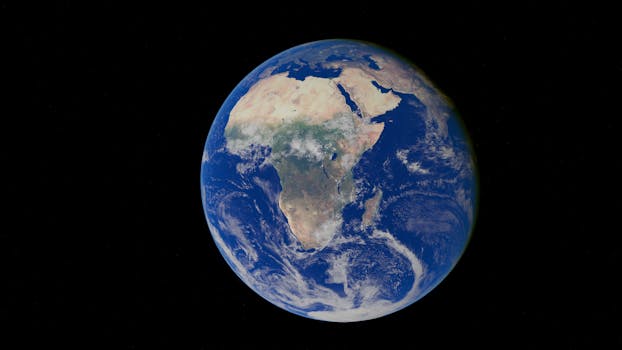
“
From Stardust to Dreams: Imagining Life Beyond the Stars
Introduction to the Cosmos
From Stardust to Dreams: Imagining Life Beyond the Stars. The universe has always been a source of fascination for humans. From the early civilizations that worshipped celestial bodies as deities to modern-day space explorers, the allure of the unknown has driven us to pursue knowledge about the cosmos. As we continue to advance in our understanding of the universe, we are compelled to ask the ultimate question: is there life beyond Earth?
The possibility of life existing elsewhere in the universe is a topic of ongoing research and debate. With the discovery of exoplanets and advancements in technology, scientists are now able to study the conditions necessary for life to thrive on other planets. In this article, we will delve into the wonders of the universe, explore the possibility of life beyond our planet, and examine the implications of such a discovery.
Understanding the Universe
The universe is vast and complex, comprising billions of galaxies, each containing billions of stars. Our solar system is just one of many, with eight planets and various celestial bodies orbiting the sun. The universe is estimated to be around 13.8 billion years old, with the first stars and galaxies forming around 13.6 billion years ago.
The universe is governed by physical laws, such as gravity, electromagnetism, and quantum mechanics. These laws shape the behavior of celestial bodies and dictate the evolution of the universe. Scientists use a variety of methods, including telescopes, spacecraft, and computer simulations, to study the universe and gain insights into its workings.
Searching for Life Beyond Earth
The search for life beyond Earth is an active area of research, with scientists employing a range of strategies to detect signs of life. One approach is to study the conditions necessary for life to exist, such as the presence of liquid water, a stable atmosphere, and a reliable source of energy. By identifying exoplanets that meet these criteria, scientists can narrow down the search for life.
Another approach is to search for biosignatures, such as the presence of oxygen, methane, or other biomarkers in the atmospheres of exoplanets. Astronomers use telescopes and spacecraft to analyze the light emitted or reflected by exoplanets, which can provide clues about the presence of life.
Implications of Life Beyond Earth
The discovery of life beyond Earth would be a profound moment in human history, with far-reaching implications for our understanding of the universe and our place within it. It would raise fundamental questions about the origins of life, the possibility of intelligent life, and the potential for communication with other civilizations.
The discovery of life beyond Earth would also have significant implications for fields such as astrobiology, astrophysics, and the search for extraterrestrial intelligence (SETI). It would provide new insights into the evolution of life and the possibility of panspermia, the transfer of life between celestial bodies.
Conclusion and Takeaways
In conclusion, the possibility of life beyond Earth is a complex and intriguing topic that continues to captivate scientists and the general public alike. As we continue to explore the universe and push the boundaries of our knowledge, we may one day find evidence of life beyond our planet.
Takeaways:
- The universe is vast and complex, with billions of galaxies and celestial bodies.
- The search for life beyond Earth is an active area of research, with scientists employing a range of strategies to detect signs of life.
- The discovery of life beyond Earth would have profound implications for our understanding of the universe and our place within it.
- The possibility of life existing elsewhere in the universe raises fundamental questions about the origins of life, the possibility of intelligent life, and the potential for communication with other civilizations.






